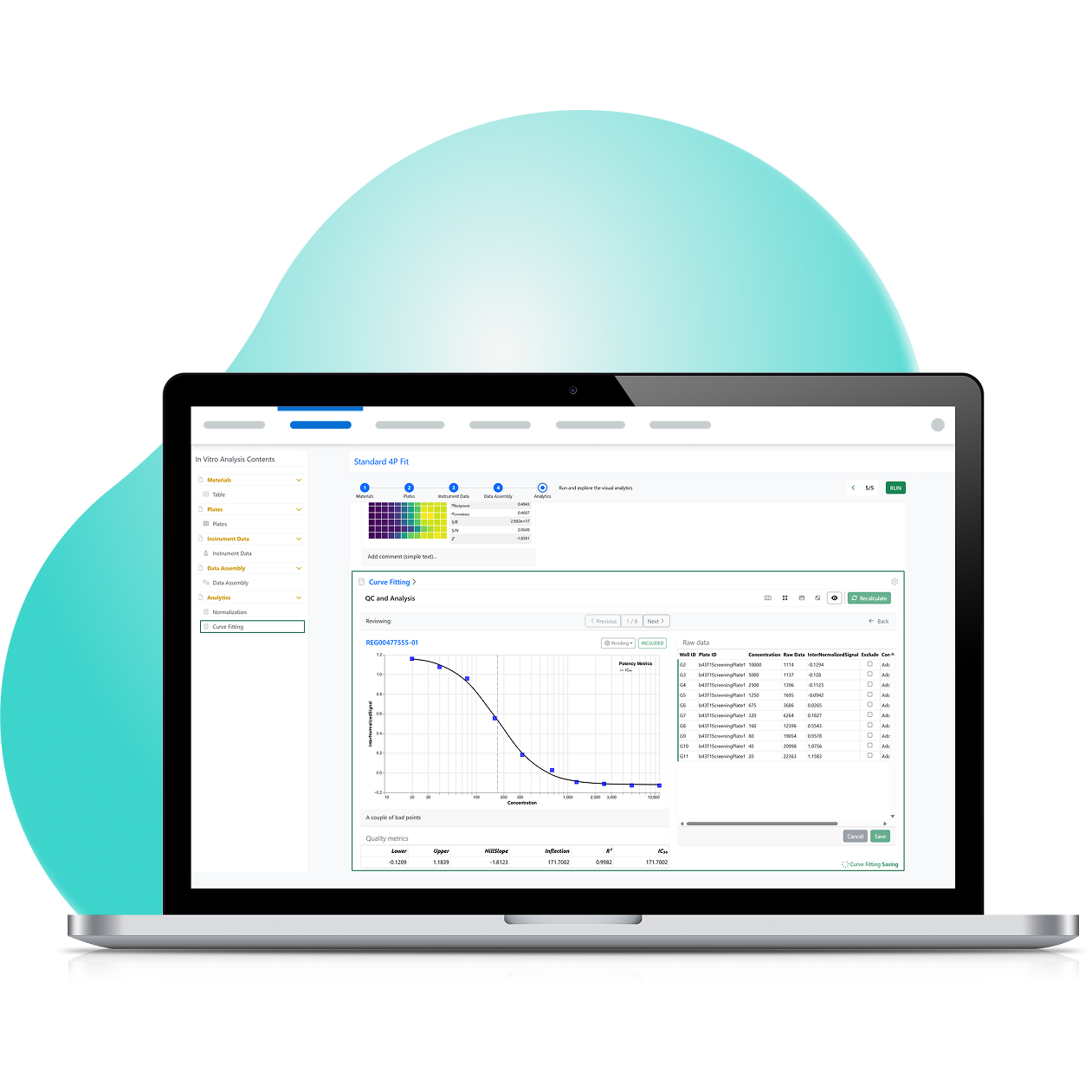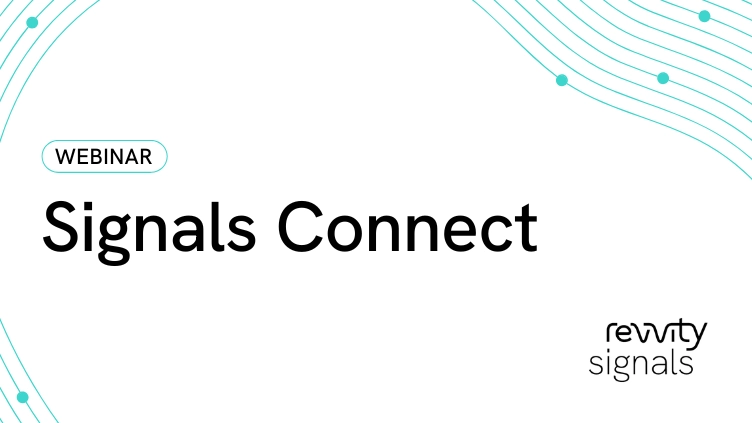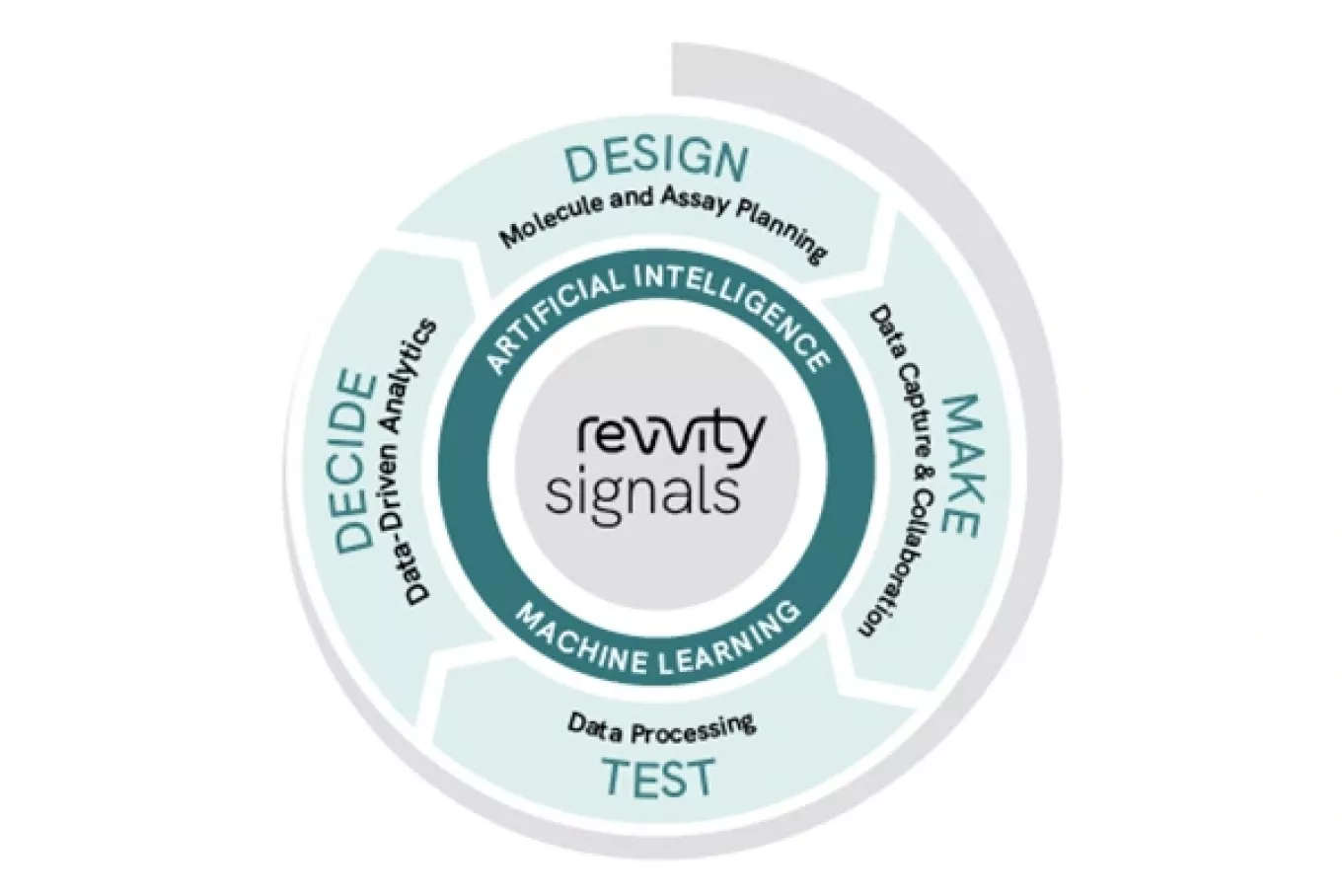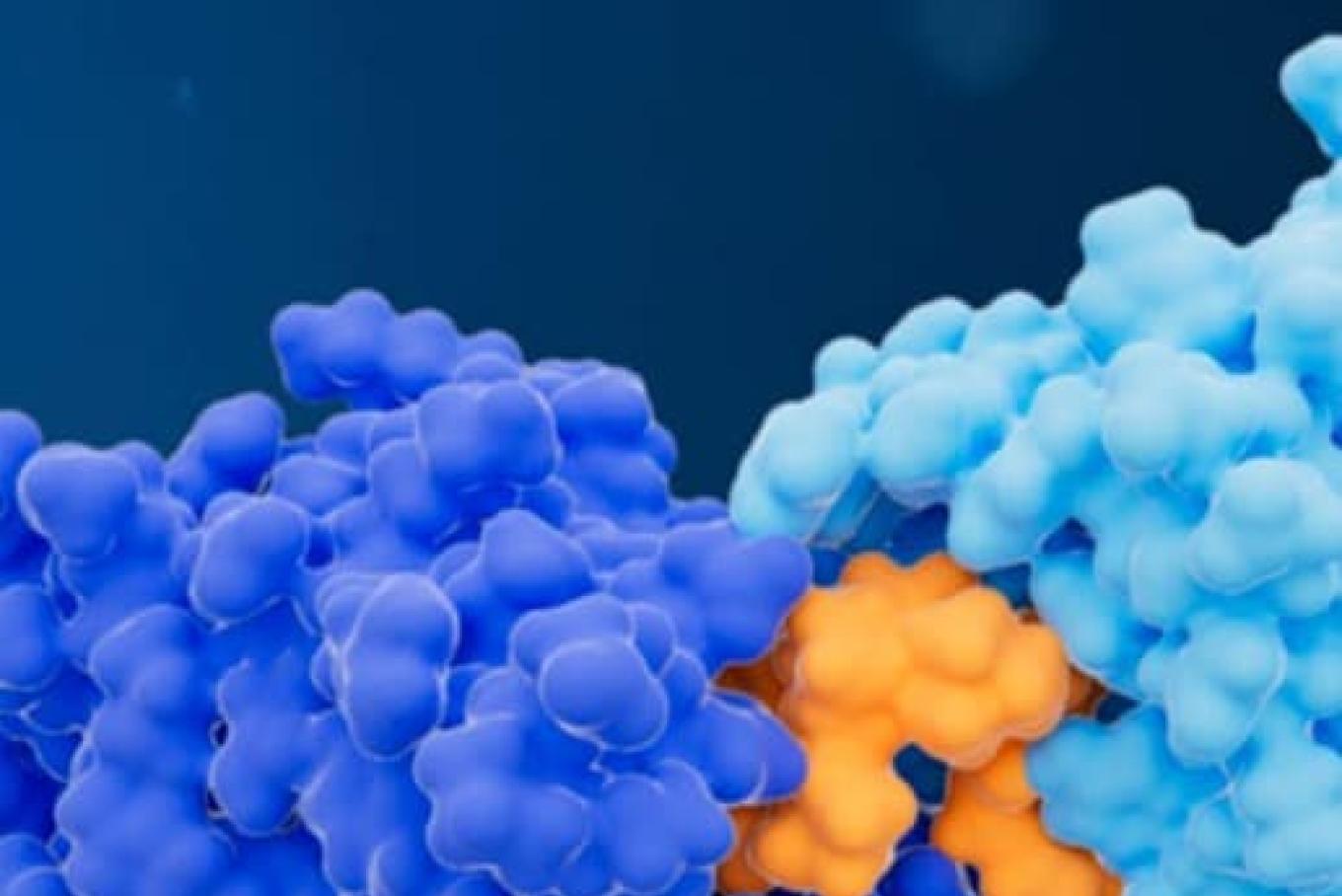Find out how we're leveraging AI to empower you to accelerate your science
Signals One™
Science is getting more complex. Simplify it with Signals One™.
Make your innovations a reality with the first unified, cloud-native SaaS R&D solution that simplifies complexity and enhances collaboration across Drug Discovery, Materials, and Food Science.

An introduction to Signals One
Signals One is an end-to-end R&D workflow solution providing data capture & collaboration, data processing, and data-driven analytics in one unified solution.
Compare Products
Signals Notebook
Signals One
Features
Signals One has given Cogent Biosciences the kind of data analytics capabilities that were once the sole domain of big pharma companies with deep pockets and extensive IT departments.
Signals Connect
Join us for this ongoing Signals Connect community series and learn how you can go beyond and get more out of your data using Signals One. Gain critical insights to accelerate your R&D discoveries.
Upgrade and Related Options:
Validation Readiness
Eliminate validation headaches and reduce your IT burden with Revvity Signals.

Small Molecule Drug Discovery |
||
|---|---|---|
|
Capabilities |
Description |
Benefits |
|
Compound Synthesis |
Streamlines the process of designing, planning and documenting chemical reactions.
|
|
|
Compound Analysis |
Researchers can efficiently make test requests, evaluate and interpret experimental data related to chemical compounds. |
|
|
Compound Registration |
Enables researchers to efficiently input, manage, and analyze chemical compound data through.
|
|
|
Empowers researchers to efficiently discover and evaluate potential drug candidates through:
|
|
|
|
in vitro analysis |
Developing assays to measure cell activity, processing assay data, visualizing assay results, and analyzing assays using High Content Screening (HCS) and Surface Plasmon Resonance (SPR) |
|
|
Lead Optimization |
Self-service analytics and visualization tools to refine promising drug candidates to enhance drug efficacy, safety, and pharmacokinetics properties.
|
|
|
Efficacy and Toxicology Studies |
Evaluate biological effects and potential toxicities in animal models through comprehensive data analysis and streamlined reporting workflows |
Predict treatment outcomes and identify potential adverse events at the preclinical stage, thereby reducing risks and enabling the optimization of the drug candidate’s therapeutic profile before clinical trials |
|
Pharmacokinetics and Pharmacodynamics |
Analyze and model PK/PD profiles to assess how a drug behaves in biological systems |
Gain critical insights empowered by Spotfire® into drug safety, ADME and optimal dosing, helping to optimize clinical trial designs and maximize the likelihood of success in late-stage development. |
|
Biomarker Discovery |
Identification and validation of biomarkers to measure effects of drug candidates |
|
Biologics Discovery |
||
|---|---|---|
|
Capabilities |
Description |
Benefits |
|
Biologics Registration |
Create biological modality libraries easily to track and connect relevant datasets
|
Centralizes all drug modality material assets, improving data accessibility and reducing duplication, thereby enhancing efficiency in research workflows |
|
Assays |
Build, define and manage biological assay workflows
|
Streamlines assay processes, enhances reproducibility, and reduces time-to-data for decision-making, leading to more efficient experimental outcomes |
|
Results Analysis |
Access to key datasets quickly within experimental, project, and program contexts
|
Accelerates identification of key patterns and trends, enabling faster hypothesis validation and data-driven decisions, ultimately advancing research objectives |
|
Hit Identification |
Empowers researchers to efficiently discover and evaluate potential drug candidates through:
|
|
|
in vitro analysis |
Developing assays to measure cell activity, processing assay data, visualizing assay results, and analyzing assays using High Content Screening (HCS) and Surface Plasmon Resonance (SPR) |
|
|
Lead Optimization |
Optimize lead compounds by integrating multi-parameter datasets, predictive modeling, and workflow automation to refine drug candidates
|
|
|
Pharmacokinetics and Pharmacodynamics |
Analyze and model PK/PD profiles to assess how a drug behaves in biological systems, enabling dosing strategies |
Mitigate late-stage failures by predicting human responses early in the development pipeline, saving time and resources |
|
Efficacy and Toxicology Studies |
Evaluate biological effects and potential toxicities in animal models through comprehensive data analysis and streamlined reporting workflows |
Predict treatment outcomes and identify potential adverse events at the preclinical stage, thereby reducing risks and enabling the optimization of the drug candidate’s therapeutic profile before clinical trials |
Formulation Development |
||
|---|---|---|
|
Capabilities |
Description |
Benefits |
|
R&D Workflow Management |
Centralized and structured data capturing and organization help teams plan, track, and optimize R&D activities throughout the entire R&D lifecycle. |
Ensures structured workflows, version control, and transparency, ultimately accelerating innovation and improving project outcomes. |
|
Ingredient Information Management |
Comprehensive, configurable, and searchable material information library:
|
Reduces errors by centralizing and standardizing ingredient data across teams and systems to facilitate product development. |
|
Inventory and Sample Management |
Access to key datasets quickly within experimental, project, and process contexts
|
Optimizes chemical and biological inventory control, tracks samples accurately, reduces waste, and enhances safety and operational efficiency. |
|
Formulation Information Organization |
Empowers researchers to efficiently discover and evaluate formulation candidates through:
|
|
|
Advanced Data Analytics and Visualization |
|
|
|
Predictive Modeling and Formulation Optimization |
Leverage machine learning, and statistical analysis to enhance formulations, predict outcomes, balance objectives, and ensure regulatory compliance and performance efficiency.
|
Streamline product development, enhance performance, and reduce costs. Here are the key benefits:
|
|
Safety and Regulatory Risk Assessment |
|
|
|
R&D Project Management |
|
|
Related Events & Webinars
Resources
Signals One is ideally suited to handle research use cases involving earlier stage in-vitro assays, later stage in-vitro assays, cell line optimization, biologics process optimization, in vitro DMPK assays, animal pharmacokinetic studies, stage animal efficacy and safety studies.
Frequently Asked Questions (FAQs)
In what ways does the Signals One support the development of new drug modalities?
Signals One is designed to handle the complexities associated with developing new drug modalities, such as protein degraders, RNA therapeutics, antibody-drug conjugates (ADCs), next-generation peptides, and gene therapies. It facilitates laboratory workflows, allowing the capture and analysis of diverse data types required for these advanced therapeutics. By providing tools for assay development, hit identification, and lead optimization, Signals One accelerates the drug discovery process for these novel therapeutics.
How does Signals One ensure data security and regulatory compliance?
Signals One implements 24/7 global security monitoring, alerting, and escalation by the Revvity Signals Software Security Operations Center. It supports both multi-tenant and private-cloud deployments and meets standard IT requirements for automatic updates and cloud security controls. The platform also ensures data is findable, accessible, interoperable, and reproducible (FAIR), aiding in data integrity and regulatory compliance.
What benefits does the Signals One offer to scientists?
Benefits include:
- Streamlined collaboration and data sharing across R&D disciplines.
- Accelerates innovation.
- Simplified screening and optimization processes.
- Reduced new product development timelines.
- Better decision-making with easier data sharing.
What makes the Signals One unique compared to other solutions?
Unlike siloed point solutions, Signals One offers a fully integrated platform that encapsulates trusted products, avoiding the complexities and inefficiencies of a piecemeal, application-centric ecosystem. It is the first solution released under the new Revvity Signals Software brand, emphasizing seamless scientific collaboration and data sharing.












